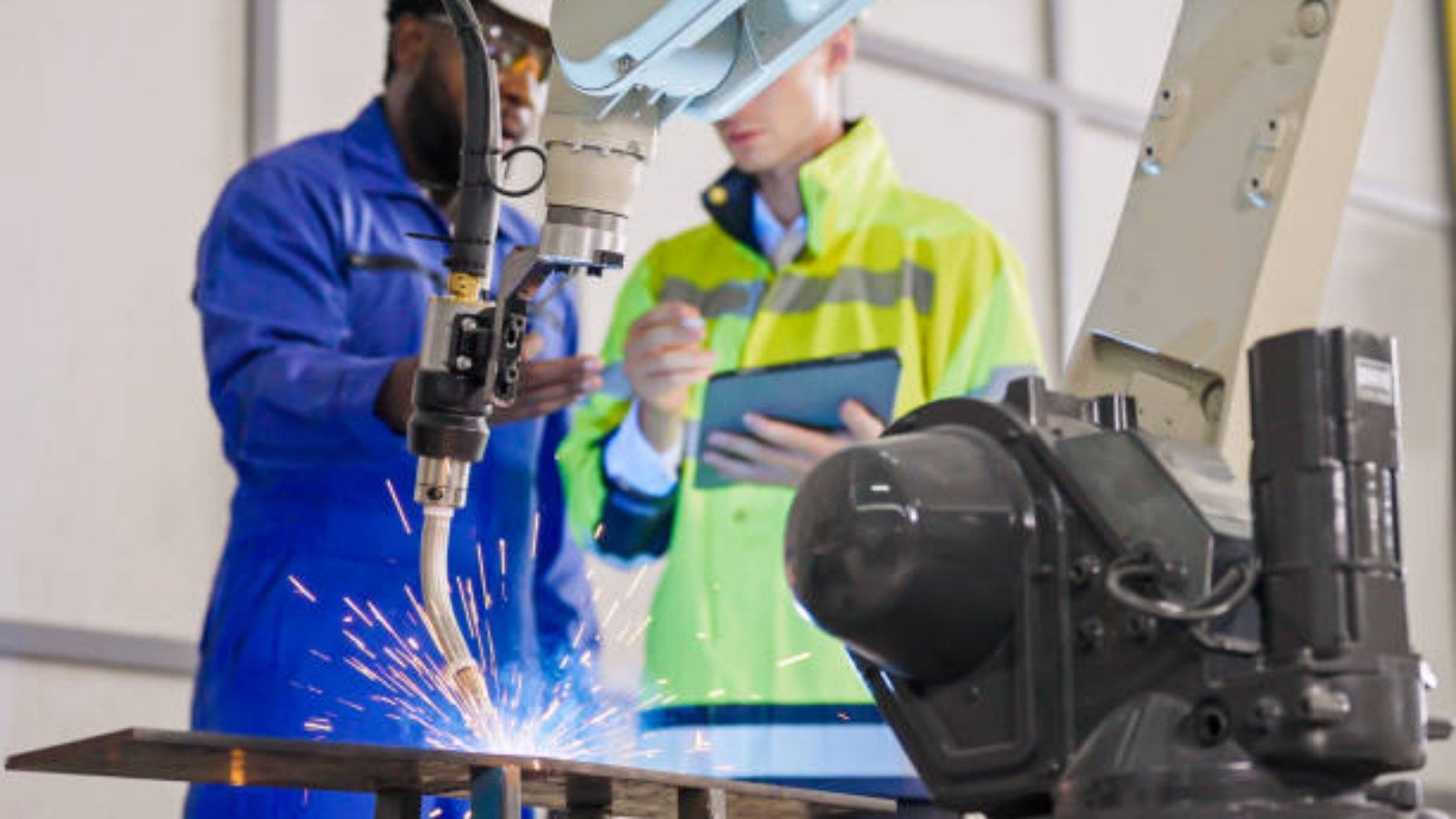Introduction
Welding is a crucial process in various industries, and Gear welding assembly plays a significant role in the manufacturing of mechanical components. This informative article aims to provide a comprehensive guide on gear welding assembly, exploring its various aspects, techniques, and applications. Whether you are a welding enthusiast or a professional in the field, this article will equip you with valuable insights into the world of gear welding assembly.
The Basics of Gear Welding Assembly
Understanding the fundamentals of gear welding assembly is essential before delving into its complexities. This section will cover the basic concepts and components involved in gear welding assembly.
Gears: The Building Blocks
Gears are mechanical components used to transmit power and motion between rotating shafts. They can be found in a wide range of applications, from automotive transmissions to industrial machinery. Gear welding assembly involves the joining of these gear components through various welding techniques.
Welding Techniques for Gear Assembly
Several welding techniques can be employed for gear welding assembly, each offering unique advantages and considerations. Let's explore some of the most commonly used techniques:
1. Arc Welding
Arc welding, also known as manual metal arc welding (MMA), is a widely used technique that utilizes an electric arc to create a fusion between the gear components. This technique offers versatility, making it suitable for various gear materials and thicknesses.
2. Gas Metal Arc Welding (GMAW)
GMAW, commonly known as MIG (Metal Inert Gas) welding, is another popular technique for gear welding assembly. It utilizes a consumable electrode wire and a shielding gas to create the weld. GMAW provides high deposition rates and excellent control, making it ideal for high-volume gear production.
3. Gas Tungsten Arc Welding (GTAW)
GTAW, also known as TIG (Tungsten Inert Gas) welding, is a precise and versatile technique suitable for gear welding assembly. It utilizes a non-consumable tungsten electrode and a shielding gas to create the weld. GTAW is often preferred for welding delicate or thin gear components.
4. Resistance Spot Welding (RSW)
RSW is a technique that uses electric resistance to create welds. It involves the application of pressure and electrical current to the gear components, resulting in localized fusion. RSW is commonly used for joining gear components with overlapping edges or flanges.
The Importance of Proper Gear Welding Assembly
Proper gear welding assembly is crucial for ensuring the reliability and performance of mechanical systems. This section will highlight the importance of adhering to best practices in gear welding assembly.
1. Structural Integrity and Strength
Effective gear welding assembly techniques contribute to the structural integrity and strength of the final product. A well-executed weld ensures that the gear components are securely joined, reducing the risk of failure and enhancing the overall performance of the mechanical system.
2. Durability and Longevity
By employing appropriate gear welding assembly techniques, the durability and longevity of the gears can be significantly improved. Welds that are free from defects, such as porosity or cracking, enhance the resistance of the gears to wear, fatigue, and external forces, prolonging their service life.
3. Efficient Power Transmission
Precise gear welding assembly ensures the accurate alignment and meshing of gear teeth, resulting in efficient power transmission. Improperly welded gears may lead to misalignment, noise, and reduced power transmission efficiency, affecting the overall performance of mechanical systems.
Applications of Gear Welding Assembly
Gear welding assembly finds extensive applications across various industries. This section will explore some noteworthy applications where gear welding assembly plays a vital role.
1. Automotive Industry
The automotive industry heavily relies on gear welding assembly for the production of transmissions, differentials, and other crucial components. Gear welding ensures the reliable and efficient operation of vehicles, contributing to their performance and safety.
2. Heavy Machinery and Equipment
Gear welding assembly is indispensable in the manufacturing of heavy machinery and equipment, such as construction machinery, mining equipment, and agricultural machinery. These industries demand reliable and durable gear systems that can withstand demanding operating conditions.
3. Power Generation
Gear welding assembly plays a crucial role in the power generation sector, where gears are used in turbines, generators, and other power transmission systems. The proper assembly of gears ensures efficient power conversion and stable operation of power generation facilities.
Conclusion
Gear welding assembly is a vital process in the manufacturing of mechanical components, contributing to the reliability, durability, and performance of various industries. Understanding the basics, employing appropriate welding techniques, and adhering to best practices are essential for successful gear welding assembly. Whether it is the automotive industry, heavy machinery, or power generation, gear welding assembly plays a pivotal role in delivering efficient and reliable mechanical systems.

